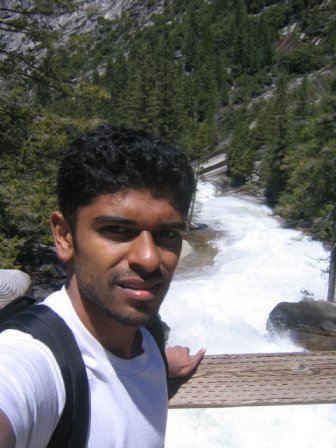the Tibetan way...
Sampat and I came to Ladakh, hoping to learn a little about Tibet, its culture, its history, and its current situation. As I've said before, the Ladakhi and Tibetans are distinct (their languages are different... they can't understand one another), yet have a very similar way of life.
** A little history... Tibet was invaded by China in the 1950's, and in 1959, the Dalai Lama fled Tibet, into India (since the Indian gov't, Nehru, allowed him to enter). Soon after, many Tibetans also fled into India with him. The Indian gov't allowed them to enter, set-up refugee settlements, and provided them with some funds. The Tibetan "way-of-life", which was about a thousand years old was pretty much destroyed by the Chinese. Since then, the Chinese have committed many atrocities against the Tibetans... over 1 million have been killed, and 90% of their Gompas and buildings in Tibet have been destroyed. Yet, the world turns its head, as the Chinese are a growing economy and possible future "world power". The Dalai Lama runs his "gov't in exile" from Dharamsala in Himanchal Pradesh. The Tibetans, Ladakhis, and Buddhist Nepalis look to him as a God-king, even today. Both of the previous mentioned books are good reads. **
So, they have a Tibetan refugee settlement in Ladakh in Choglamsar… we bused there from Leh (about 40 minutes), and we talked to the secretary of the Chief Representative there. They run a huge school there for the Tibetans (about 2000 students!). When they first started these settlements, they opened the schools in English medium... because English is the "language of prosperity". However, now... they have it as Tibetan medium until the 6th class, as they realize how important language is in preserving culture... and in the ability of the children to learn. All the youth that are my age and younger are now "first generation" refugees… their parents came over from Tibet a little after the Dalai Lama came to India. It’s interesting that they still have these settlements… where the culture, to some degree, is maintained. The main hurdle is livelihood… they no longer have the farmland and animals they did in Tibet… so, now, a lot of the younger generation is going to the cities to find jobs. But, these people still have faith that they could get autonomous rule in Tibet, and then if the Dalai Lama goes to Tibet, it seems like most of the Tibetans will follow. Even today, there are Tibetan refugees going into Nepal and Sikkim, as they attempt to escape the Chinese.
Buddhism orignated in India... but has prospered in other places such as Tibet. But, now.. it's interesting to see, that the face of Buddhism, the Dalai Lama, is back in India. India's role as a home and refugee to all religions, and to all seekers of Truth and spirituality continues.


0 Comments:
Post a Comment
<< Home